Top tips for hygienic cooking
June 23rd, 2015
It’s important to eat healthy, making sure you choose recipes and ingredients with a balanced mix of fresh food groups. But it’s also important to cook healthy, keeping your kitchen clean and germ-free.
Here are a few simple tips to help reduce the spread of germs through your kitchen and ensure that your food is handled safely:
Wash everything but your meats
Before you start cooking, make sure that all of your kitchen surfaces and cooking equipment have been cleaned thoroughly with hot water and detergent. A dishwasher can be a big help when looking after your utensils and cookware.
Also, remember to wash your hands before you start cooking – you don’t have to be as thorough as a surgeon scrubbing up for an operation, but at least use a bit of soap and water. Wash them again each time you handle raw meats or other raw ingredients, including eggs.
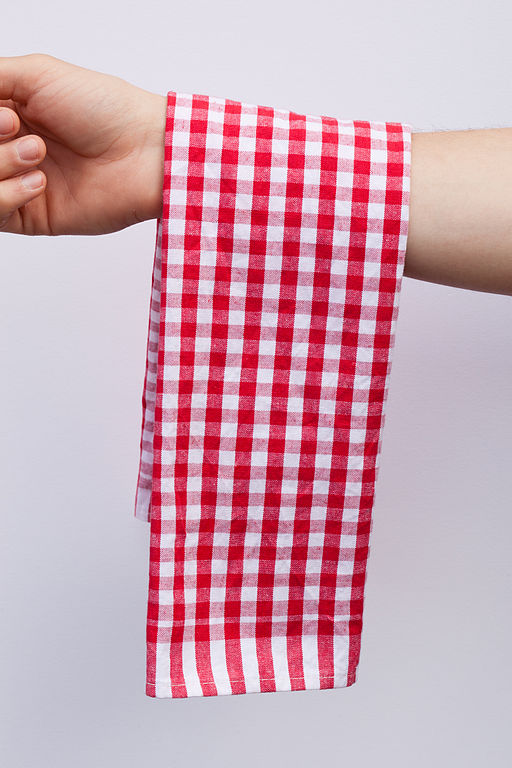 source: wikipedia
source: wikipedia
If you use tea towels to dry your hands, be sure to launder them regularly, as tea towels can start to harbour harmful bacteria over time. You can dry your hands with disposable paper towels, but this isn’t the most environmentally friendly option.
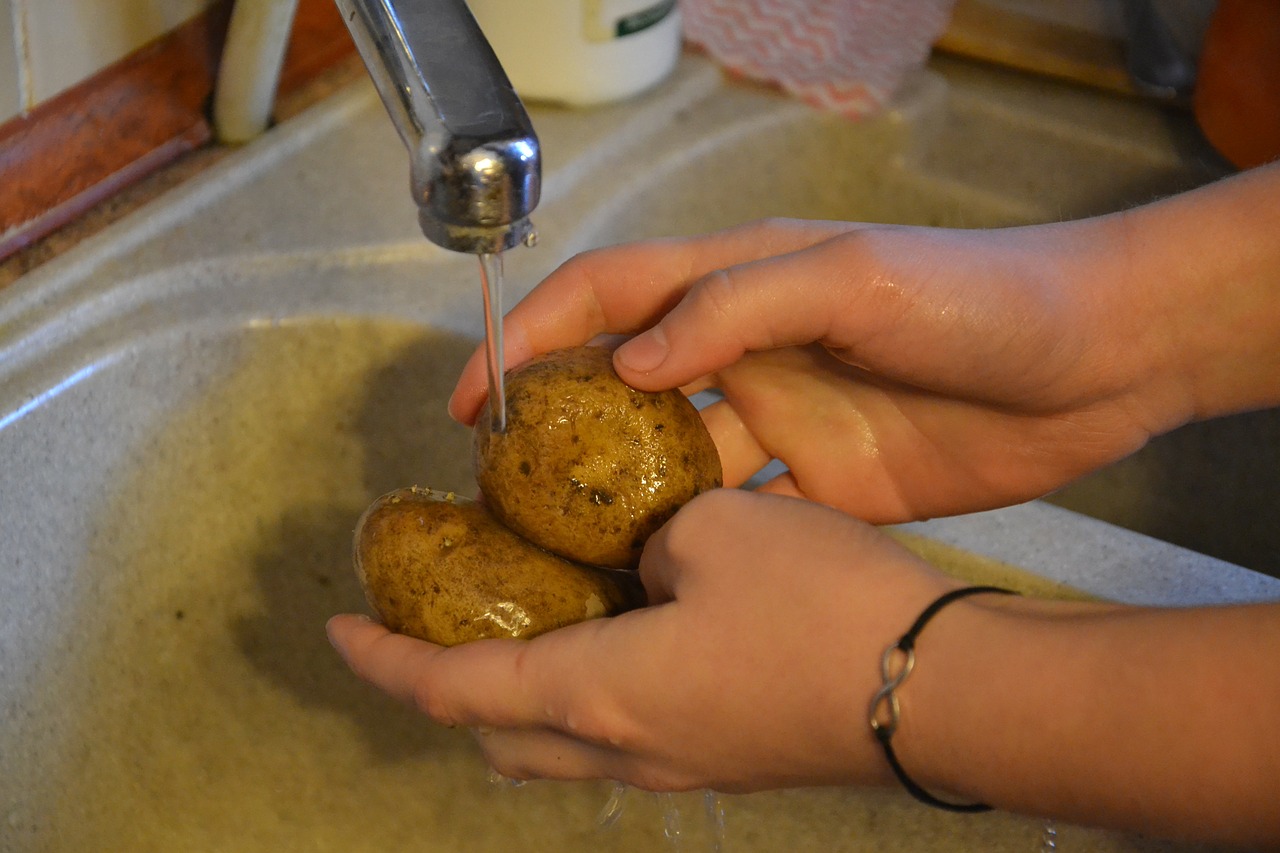 source: pixabay
source: pixabay
Washing your vegetables before you start cooking can not only help remove any germs from your food, but also any dirt, chemicals or pesticides that may still be clinging to them.
It’s not uncommon for us to wash poultry and other meat before cooking to get rid of germs and excess moisture, but according to the Food Safety Information Council, this just helps to spread germs from the meat’s surface to other areas of the kitchen.
Use separate colour-coded chopping boards
Even if you thoroughly wash your kitchen’s chopping boards, it’s possible for bacteria to become trapped in their surface and transfer between different foods.
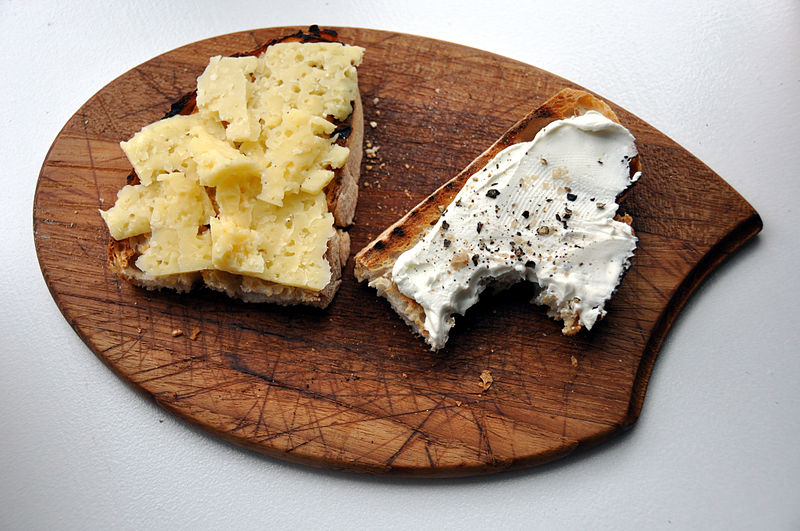 source: wikipedia
source: wikipedia
Wooden chopping boards are porous, and absorb moisture along with its bacteria. This makes them a less than ideal surface for preparing raw meat and seafood.
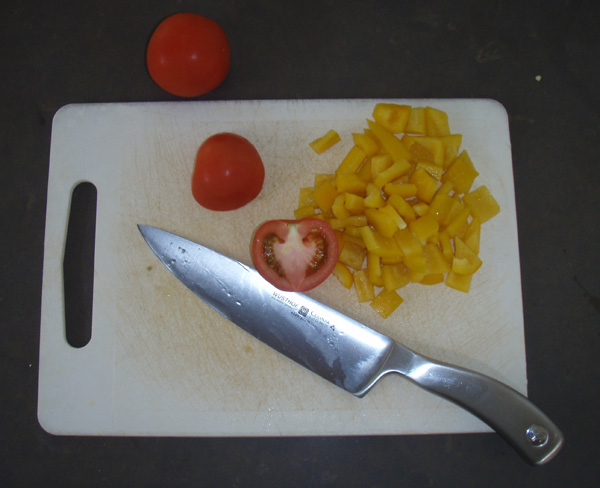 source: wikipedia
source: wikipedia
Hardened glass and plastic chopping boards tend to resist bacteria fairly well, though if your plastic chopping boards become deeply scratched, germs may be able to lurk in these grooves.
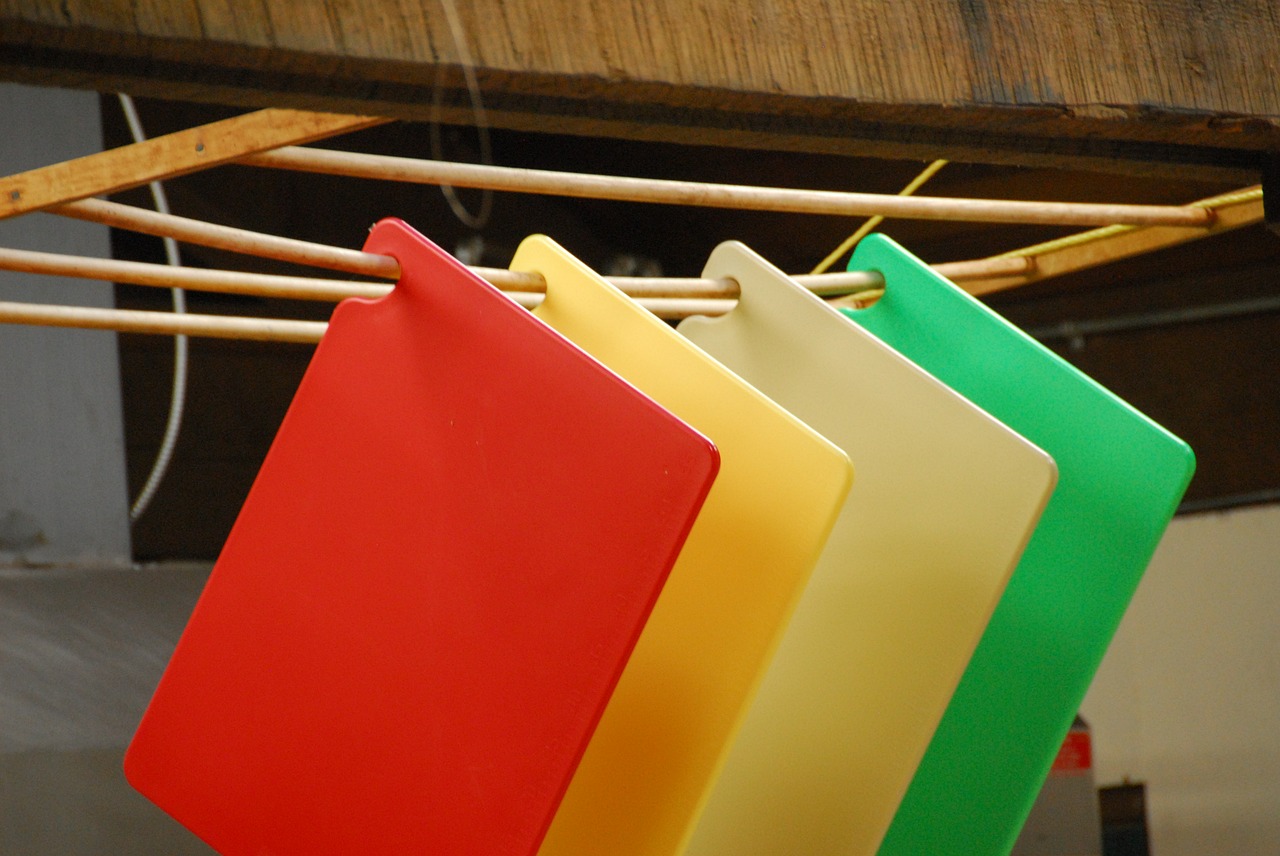 source: pixabay
source: pixabay
One great idea is to invest in a series of different coloured chopping boards, and use each colour to prepare a different type of ingredient, e.g. red for meat, green for vegetables, yellow for dairy. By restricting each board to one type of food, you’ll greatly reduce the risk of cross-contamination.
It’s also a good idea to prepare your veggies first, followed by your meat, as meat tends to harbour more germs. And once all of your prep is done, remember to wash everything up afterwards, to prevent bacteria from multiplying on the surfaces.
On refrigerating, freezing, and defrosting
Why do we refrigerate our food? Because lower temperatures help to slow down the growth of bacteria that cause food to decay, spoil and go off.
Keep in mind that a fridge slows down the spread of bacteria and doesn’t stop it, so just like your chopping boards and kitchen surfaces, you should store your refrigerated meat and veggies separately to prevent cross-contamination.
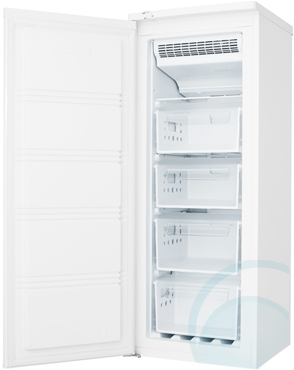 180L Westinghouse Upright Freezer WFM1810WC
180L Westinghouse Upright Freezer WFM1810WC
Freezing food stops the spread of almost all bacteria, allowing most frozen food to be stored practically indefinitely. However, as soon as the temperature rises a bit, the bacteria on your food will wake back up and get right back to doing what it does best.
To help limit the spread of germs, it’s worth trying to defrost your foods as quickly as possible, using the defrost setting of your oven or microwave. Leaving frozen meat out on the benchtop can take too long, allowing germs to build up on the surface while you wait for the middle to thaw. Any food left out of the fridge for more than two hours can be considered At Risk.
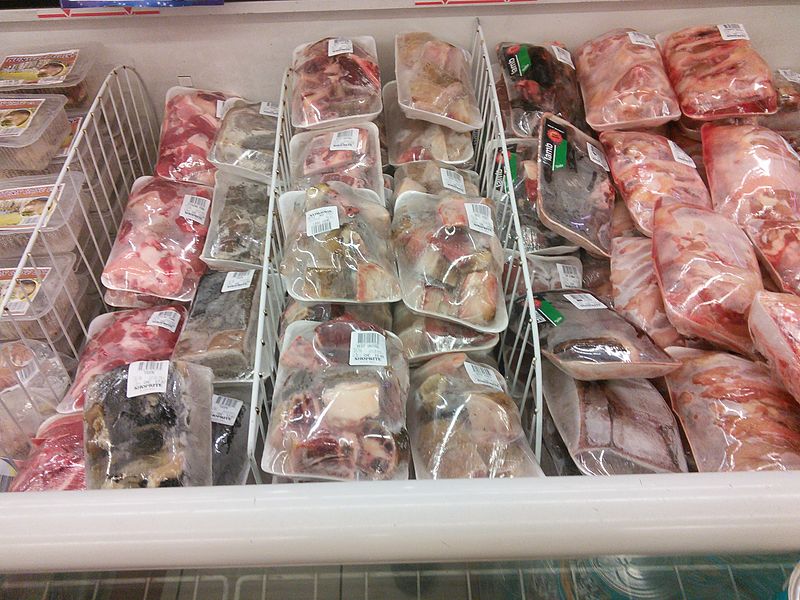 source: wikipedia
source: wikipedia
You can also defrost meat by leaving it in the fridge or soaking in a bowl of cold water – this can thaw the food over time while keeping the temperature low enough to prevent the growth of bacteria. Never defrost by leaving your frozen food to soak in hot water, as this can raise the surface of your meat to bacteria’s ideal breeding temperature while you wait for the core to thaw.
Cook thoroughly
We don’t only cook our food to improve the taste and consistency, y’know – cooking also kills the germs that make us sick! You can usually determine how cooked your food is by checking for changes in its colour and texture.
 source: wikipedia
source: wikipedia
Different foods require different levels of cooking to be safe to eat – for example, steaks can be eaten rare (and often are), as most of their bacteria is found on the surface of the meat.
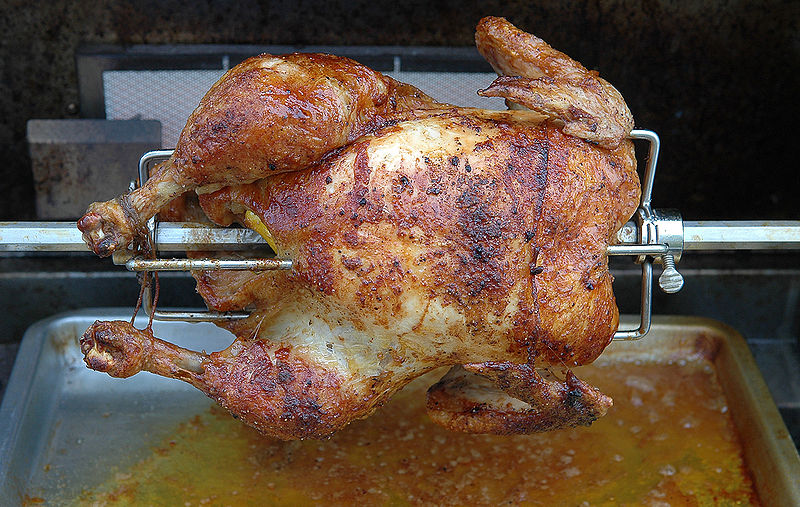 source: wikipedia
source: wikipedia
And while the safest bet is to cook chicken until it’s turned completely white, you CAN eat chicken that’s a bit pink, but ONLY as long as its interior temperature has hit 75°C, according to the Food Safety Information Council.
But as a rule, if you’re not certain about your food, leave it on the heat a bit longer until it has been completely cooked through, eliminating the maximum amount of germs.
Remember though that while cooking will kill any bacteria in your food, it won’t necessarily eliminate any toxins that are produced as a by-product of the bacterial breeding process. This means that even if you thoroughly cook food that’s been left out, it could still be risky to eat.
And of course, and leftovers should be put straight into the fridge after your meal to prevent bacterial growth.

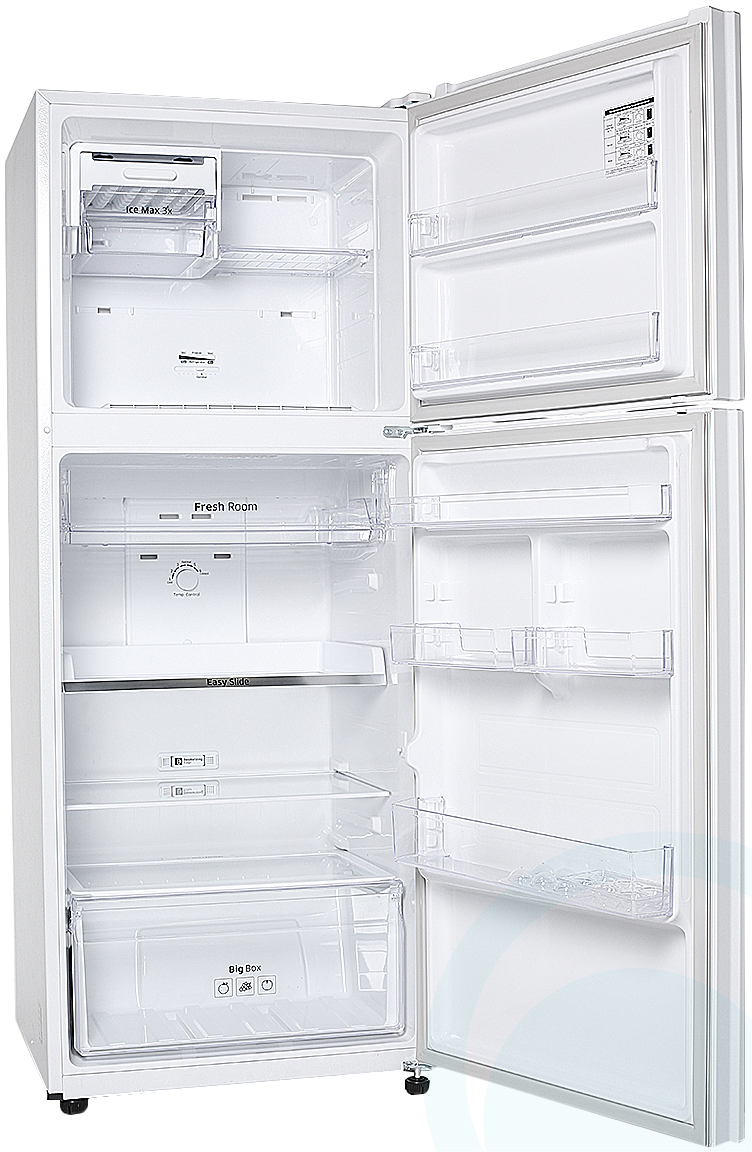
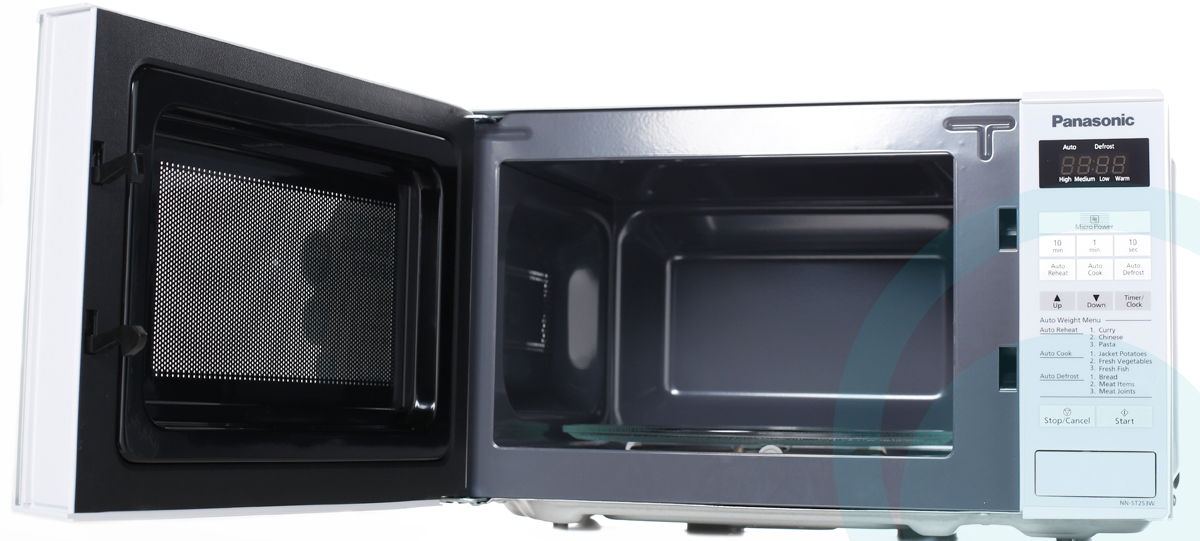

Leave a Reply